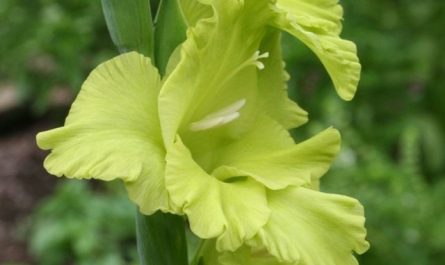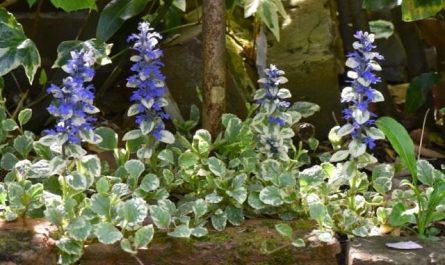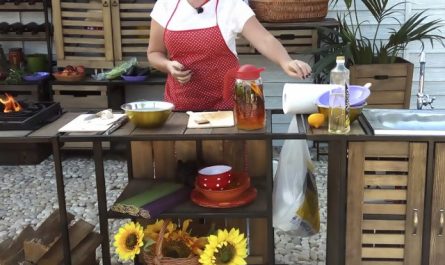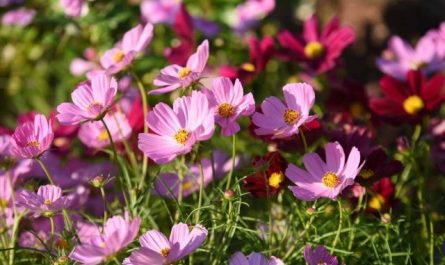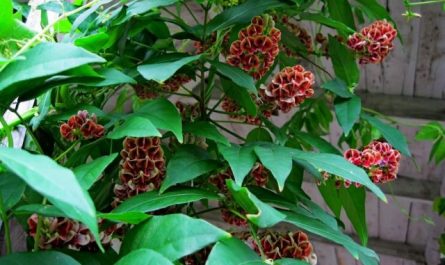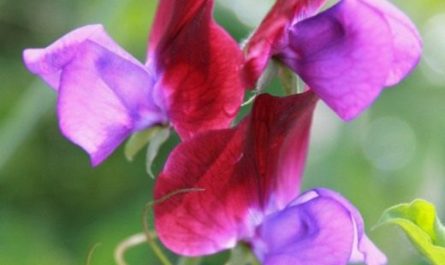Every year I, like probably almost all flower growers, plant new annuals, dreaming of an unprecedented, most vibrant and unusual flower garden.
Last season I bet on low-growing mimulus and I was right.
As a botanist, I imagined this plant from the Scrophulariaceae family, but as a florist, I met it for the first time. It was all the more interesting to watch how strong plants grew from fragile shoots, on which multi-colored two-lipped gramophones then appeared. There were so many color combinations that there is no point in listing them, take a look at the photos instead.

© Hugo.arg
According to one version, the name of the genus Mimulus means “little mime, magician” and comes from the Latin word mime. According to another version, it comes from the Latin mimo – “monkey” (the corolla of the flower is shaped like the muzzle of a mischievous monkey). In its homeland, in America, it is called monkey flowers. In Russia, for its irregular flowers – with an upper lip bent back and a lower one capriciously pushed forward – it is called a “little lip”. In addition to the spots, the flowers are decorative due to the hairs that create a velvety effect on the lower lip. But it is not only about beauty, all this “makeup” is very important biologically, as it shows insects the way to nectar.
The genus Mimulus includes about 120 annual and perennial species. Most often, the variety mixes of Mimulus hybridus (Mimulus x hybridus) are sold, the parents of which are several species, primarily Mimulus tiger, or speckled. However, recently, individual varieties have also been sold – for example, Viva with yellow, Magic Spots with creamy white, Calypso with red-orange flowers (only the main, background color is indicated, not the color of the spots).
The British have developed the ampelous variety Brass Monkeys with bright orange flowers especially for hanging baskets. It grows well and blooms abundantly in the shade throughout the summer, and most importantly, it tolerates dry substrate very well.
The seeds are very small, just dust-like, there are up to 1 of them in 7000 gram! It is impossible to distribute the seeds evenly over the surface of the substrate, so in the phase of 2-3 true leaves, picking will be required. Mimulus is sown in March-April in boxes, which must be covered with glass or film to maintain humidity. At a temperature of 15-18 °, shoots appear in two weeks. It is better to moisten the seedlings from a spray bottle – they are very tender. But they develop quickly, and by the end of May, when it is time to plant seedlings in flower beds, young plants bloom.

© Bff
Mimulus can be propagated not only by seeds, but also by cuttings. The shoots easily produce adventitious roots, all that remains is to cut off and plant new plants.
The literature indicates that mimulus loves light, but can also develop in partial shade. In my garden, I allocated a place for it along the lawn border. From the south and west, the plantings were covered by the house and trees, so there was not even partial shade, but dense shade, especially since last summer was often cloudy. In addition, raindrops constantly flew out of the gutters laid on the roof of the house, which fell directly on the flowering plants, which they liked.
Mimulus bloomed very abundantly until the end of June, but gradually the smaller flowers moved to the top, and the stems fell over. And the neat bushes turned into careless carpets with rare small flowers on the top. The border became untidy, it was necessary to trim the plants and feed them with complex fertilizer to induce re-blooming (a fairly well-known method of prolonging the flowering of some annuals).
Many Russian companies buy seeds abroad. Unfortunately, they do not always print the original brand names of the varieties on the packages. It is good if they provide a translation into Russian instead, but often the “names” are simply made up. And it happens that the same variety is sold under different names.

The result exceeded my expectations. A week later, young shoots appeared, on which buds began to stand out. The secondary flowering was more abundant and longer than the primary one. Only the first frosts stopped the flowering of mimulus. Based on my experience, I advise you to trim the plants before they completely lose their decorative qualities, then you will admire the flowering carpet until the end of the summer.
Mimulus is good not only in flower beds. It can also be used as a container plant, planted in pots and boxes on the north side of the house, but in this case constant and abundant watering is necessary.
Another lip-shaped plant, the yellow one (Mimulus luteus), can be planted as an annual on the shore of a decorative pond, where it bears fruit beautifully and easily spreads by self-seeding.
Mimulus bushes can also overwinter indoors. To do this, in the fall, the selected plants are transplanted into pots, cut almost to zero and placed on cold, light windowsills.

© Matt Lavin
Author: O.Signalova






